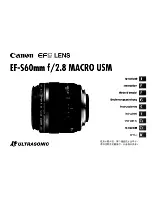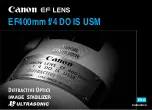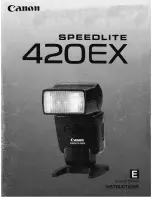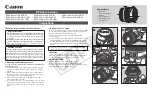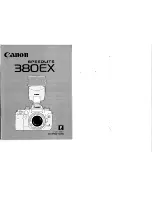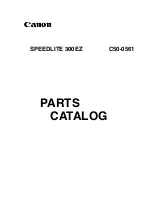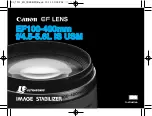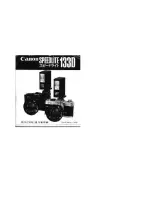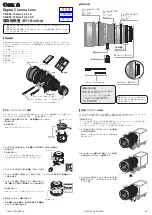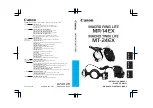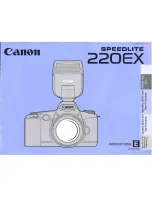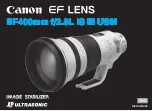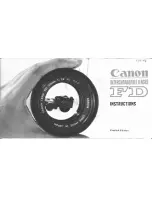
Installation
6
427-0200-00-12 Revision 100
November 2019
This document does not contain any export-controlled information.
·
Accessibility:
The location used should allow easy access to unit connections and cables.
·
Safety
: Cables and electrical cords should be routed in a manner that prevents safety hazards, such as
from tripping, wire fraying, overheating, etc. Ensure that nothing rests on the unit’s cables or power
cords.
·
Ample Air Circulation:
Leave enough space around the unit to allow free air circulation.
·
Cabling Considerations:
Units should be placed in locations that are optimal for the type of video
cabling used between the unit and the cameras and external devices. Using a cable longer than the
manufacturer’s specifications for optimal video signal may result in degradation of color and video
parameters.
·
Physical Security:
The unit provides threat detection for physical security systems. In order to ensure
that the unit cannot be disabled or tampered with, the system should be installed with security measures
regarding physical access by trusted and un-trusted parties.
·
Network Security:
The unit transmits over IP to security personnel for video surveillance. Proper
network security measures should be in place to assure networks remain operating and free from
malicious interference. Install the unit on the backbone of a trusted network.
·
Electrostatic Safeguards:
The unit and other equipment connected to it (relay outputs, alarm inputs,
racks, carpeting, etc.) shall be properly grounded to prevent electrostatic discharge.
The physical installation of the unit is the first phase of making the unit operational in a security plan. The
goal is to physically place the unit, connect it to other devices in the system, and to establish network
connectivity. When finished with the physical installation, complete the second phase of installation, which
is the setup and configuration of the unit.
2.3
Waterproofing the Camera Cables
The camera is IP66-rated to prevent water from entering the camera. Nevertheless, water can enter the
camera if it is not installed properly. Please make sure the warnings below are strictly followed when
installing the camera.
Place all cables and the adaptor in dry and well-waterproofed environments, e.g. waterproof boxes. This
prevents moisture accumulation inside the camera and moisture penetration into cables.
While running cables, slightly bend the cables in a U-shaped curve to create a low point (see figures
below). This prevents water from entering the camera along the cables from above.
U-Shaped Cable Installation



























